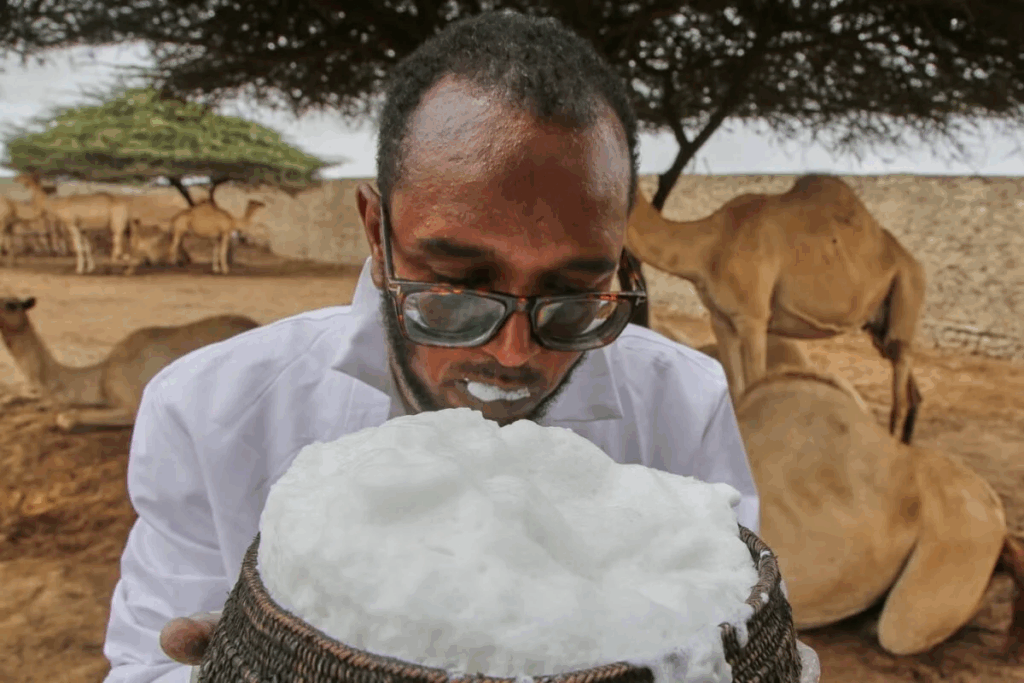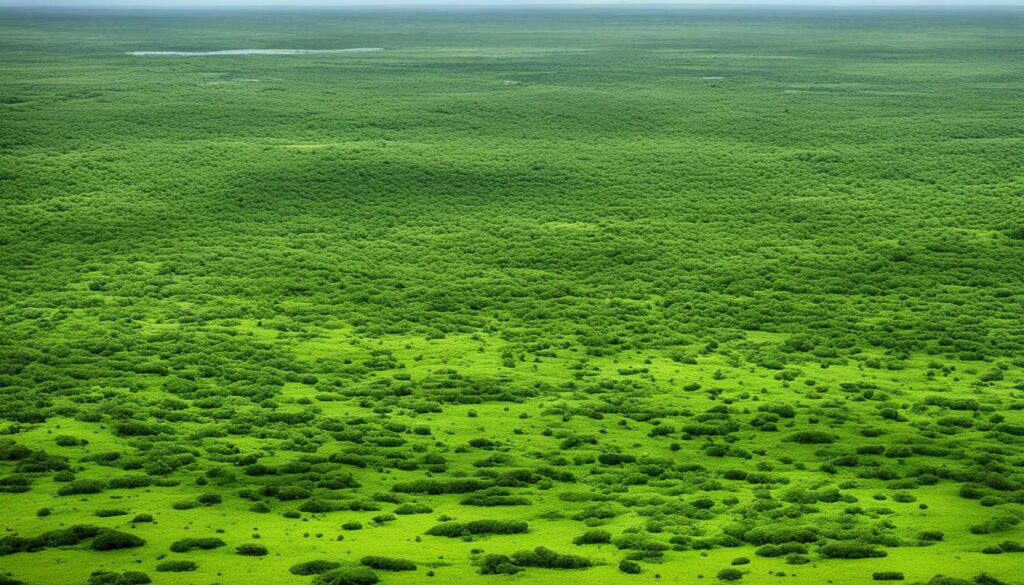Somalia’s landscape is a tapestry of ecological zones shaped by rainfall patterns and topography.
From thornbush savannas to arid coastal plains, Somalia natural heritage reflects a rich but increasingly threatened one.
Somalia Natural Heritage: Vegetation Zones
- Southern and Northwestern Somalia: These regions are home to dense thornbush savannas, featuring succulent plants and various acacia species.
The relatively higher rainfall supports more robust vegetation. - Northern Highlands: The high plateaus of northern Somalia are characterized by grassy plains interspersed with thorny shrubs and grass tussocks, offering a more open landscape.
- Northeastern and Northern Coastal Plains: These areas are largely barren, with minimal vegetation. However, wadi zones and moist mountain pockets support the growth of frankincense trees (Boswellia), while myrrh trees (Commiphora) flourish in the border regions of southern and central Somalia.
Environmental Degradation and Land Use Impact
Somalia’s natural vegetation, particularly in the north, has suffered extensive damage due to unsustainable land use practices. In many areas, the original plant cover has been severely degraded or completely destroyed, leading to:
- Loss of animal habitats
- Decline in forage availability
- Negative impact on livestock—Somalia’s most vital resource, including goats, sheep, camels, and cattle
- Reduced biodiversity and wildlife populations
Somalia Natural Heritage: Wildlife, Rich but Threatened
Despite environmental pressures, Somalia still hosts a variety of wild animal species, especially in the southern regions:
- Common species include hyenas, foxes, leopards, lions, warthogs, ostriches, small antelopes, and numerous bird species.
- However, iconic animals such as giraffes, zebras, oryx, hippopotamuses, rhinoceroses, and elephants have been severely reduced, primarily due to poaching for ivory.
Conservation Efforts and Challenges
To combat wildlife loss, Somalia established national parks and nature reserves aimed at protecting endangered species.
Unfortunately, these conservation areas have been neglected since the collapse of the central government in 1991, leaving many ecosystems vulnerable.

Key Takeaways for Environmental Awareness in Somalia
- Somalia’s ecological diversity is under threat from human activity and climate stress.
- Sustainable land management and revitalized conservation policies are essential to restore vegetation and protect wildlife.
- International support and local engagement are crucial to preserve Somalia natural heritage for future generations.
Source: Britannica


